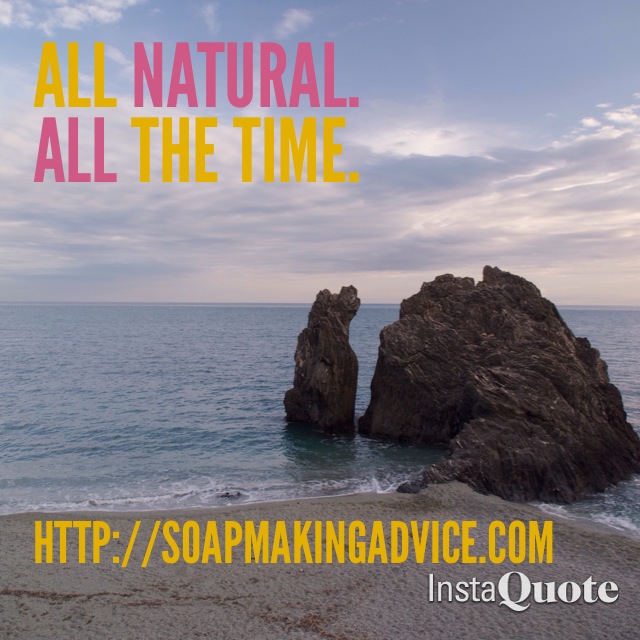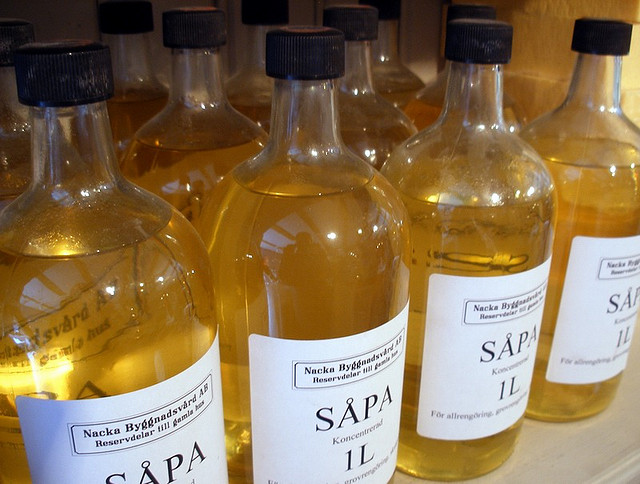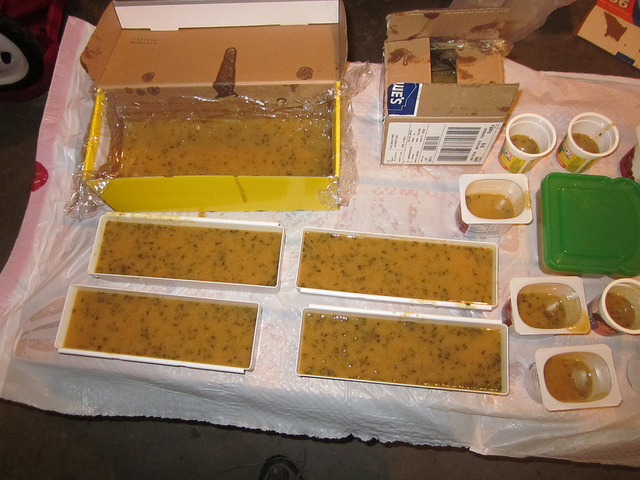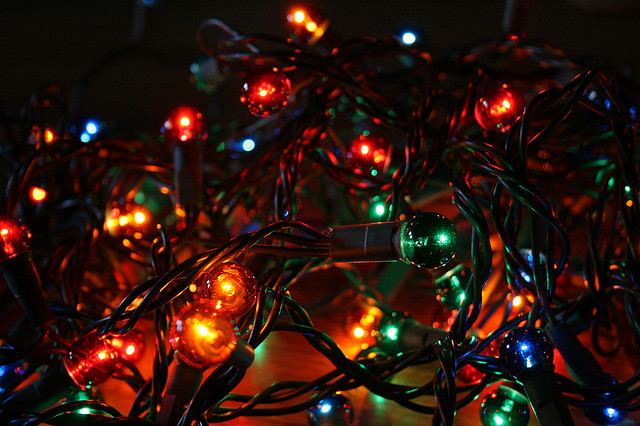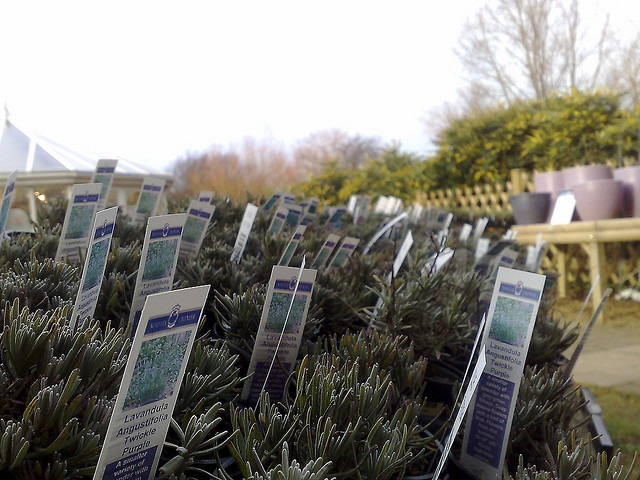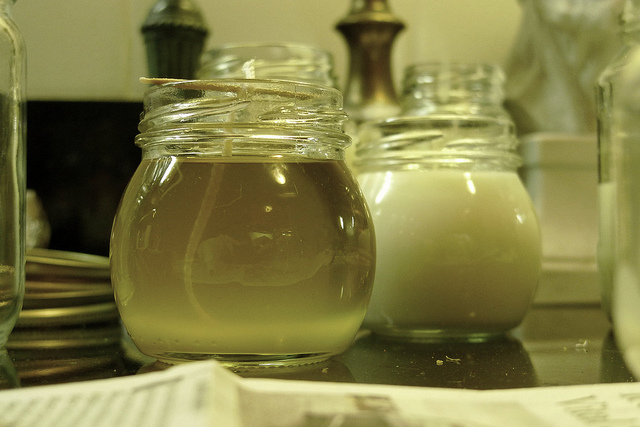All natural, all the time
The latest in our series of soap making inspiration:
Have you ever wondered why commercial soaps can leave your skin feeling DRY, IRRITATED and ITCHY?
Are you concerned about the ENVIRONMENTAL IMPACT of commercial soap making processes and products?
Making your own soap at home can ensure control over the quality of the ingredients and is a more environmentally friendly option for you and your family.
Learn more and get started on our free blog at https://soapmakingadvice.com/ Read more
